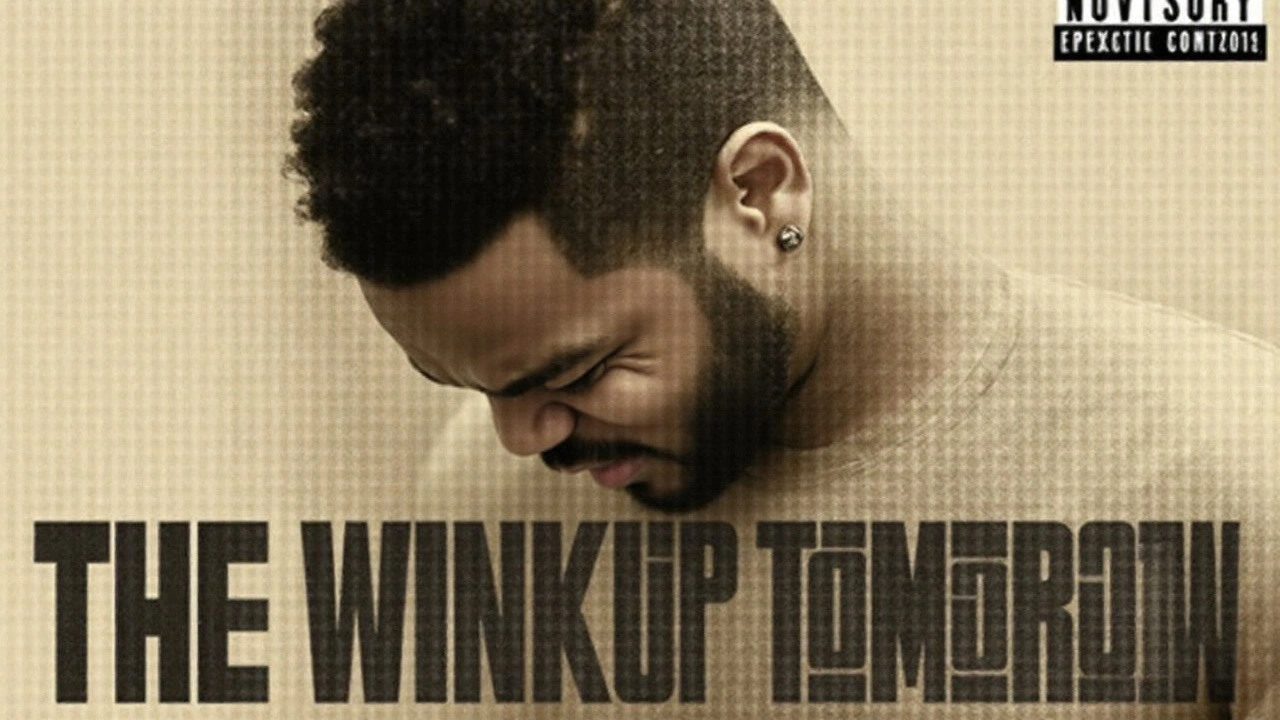The Weeknd’s ‘Hurry Up Tomorrow’ Review: Big Hooks, Dark Corners, and a Risky Middle

A neon rush at the start, a bruise underneath
Pop stars don’t often play the long game. This one does. With Hurry Up Tomorrow, The Weeknd folds the neon pulse of his 80s-inspired era back into something moodier and more internal. The record feels like a chapter inside a broader trilogy: part tribute to the slick sounds that made him a global force, part inventory of the habits and ghosts that won’t leave.
The rollout set a sharp tone. “Timeless” arrived with rap-and-R&B swagger, heavy drums, and a hook built to travel. “Sao Paulo” took an electronic chassis and jolted it with Funk carioca jolts—tight percussion, stuttering kicks, and bright synth stabs. Those singles promised a club-forward set. The album gives you that energy upfront, then pivots to something quieter, pricklier, and more reflective.
The opening run is a jolt. Five tracks fire in sequence with the kind of lift people still quote when they talk about his After Hours peak: hard-edged drum programming, chrome-bright arpeggios, and choruses that shoot right through the skyline. It’s not copy-paste nostalgia. The synths feel wider and hotter; the low end is more elastic; the toplines glide rather than sprint. There’s confidence in the pacing and a sense that he’s revisiting a signature sound without being trapped by it.
“Open Hearts” is the early high-water mark. The track runs on a clean, danceable electro beat, yet it threads in unsettling textures—distant alarms, detuned pads, a shadow harmony under the main hook. The chorus lands like a flare: chords swerve and resolve in a way that feels both euphoric and a little haunted. It’s the kind of song that can blow up a festival set while still reading like a personal confession.
Then the record makes a deliberate turn. The middle third loosens its grip on momentum and leans into mood-building. “Reflections” plays like an extended motif rather than a fully built single—acoustic passages gleam for a minute, vocals rise, synths swell, and the idea resets. On paper, it deepens the narrative of life on the road and the coping loops that follow; in practice, it can test patience. The pacing slackens. Transitions breathe, sometimes too much.
This is also where the writing gets blunt in a good way. Fame as a moving hotel room. Substances as a pause button, not a celebration. Intimacy as a negotiation with a public self. You can hear the push-pull in the vocal work: crisp falsetto lines stacked against slightly processed harmonies, the lead sometimes split into two tones to show the split in the character. The effects serve a purpose. They describe a headspace as much as they decorate the beat.
Production-wise, the record is a shape-shifter. You get the neon gloss—shimmering pads, roomy snares, glassy leads—but also warm, organic touches that keep it from feeling airless. Guitars peek in and out. Pianos anchor refrains that could have spun off into synth excess. Sub-bass slips under the kick in ways that keep the low end both punchy and soft. When the drums go rigid (tight hats, grid-perfect claps), some small human flourish pops up elsewhere: a breath left in, a handclap that’s not perfectly in time, a chorus that drifts forward a hair before the downbeat.
Those early singles still shape the record’s identity. “Timeless” is the clearest bridge between his R&B roots and his pop scale. The verses snap, the pre-chorus sighs, and the hook turns up right when you expect it. “Sao Paulo” is the outlier that works: it doesn’t imitate Brazilian funk so much as borrow its voltage. The rhythm pattern tightens the whole mix; the synths don’t sit on top of the beat, they bounce off it. Both songs prime you for a dance album. The full listen is more complicated, and that’s the point.
Underneath the sonics, the themes carry the load. The record keeps circling the same rooms: late nights that don’t end, an appetite that’s always a step ahead of peace, and the fallout that shows up in the morning. The writing doesn’t glamorize the spiral. It treats it like a habit that’s hard to break and a persona that’s hard to unlearn. When the songs slow down, the lines hit harder. When they speed up, the beat does the coping for him.
There’s a real sense of craft in the sequencing, even when the middle drifts. The opening five build and release with clear targets. The center sits in suspended animation—loops, motifs, half-songs—like a long exhale. The back stretch pulls the focus again, tightening arrangements and restoring structure without snapping the mood. You leave with melodies stuck in your head and a feeling that the story isn’t over.
For listeners who fell in love with the After Hours palette, the album offers plenty to hold onto: neon gloss, big drums, and hooks that tilt toward the sky. For those who want something rougher, the middle is where the risk lives. This is where he trades punch for texture, speed for tension. It’s not miscalculation—it’s a bet that atmosphere can speak as loudly as impact.
The vocals deserve their own spotlight. The range is intact, but the choices matter more than the notes. You hear restraint where the past might have pushed to a higher key. You hear layered doubles that land like thoughts interrupting themselves. There’s less ad-lib fireworks, more surgical placement. When a run arrives, it’s earned. When a note cracks a little, it fits the line.
What ties it together is the way the record uses space. Drops are clean and exact. Breakdowns arrive with intention rather than habit. Drum fills are short and purposeful—more punctuation than fireworks. The stereo field opens for choruses and narrows for verses, a simple trick that keeps the emotional math clear. Even when a song stretches, it sounds mixed to move.
If this album indeed sits inside a trilogy, it reads like the mirror—less victory lap, more inventory. The first act reminds you why the pop machine runs on his voice and his hooks. The middle says the machine has a cost. The late songs suggest he knows it and is still figuring out what to do with that knowledge. It’s not a tidy arc, which is exactly why it feels honest.

What lands, what drifts, what lingers
Standout moments come in sharp relief because the record sets them up. Big openers, a risky center, and a tighter final run create contrast you can feel. That push-pull is where the album breathes.
- Timeless — A clean bridge between rap cadence and pop polish, with a chorus built for repeat plays.
- Sao Paulo — Electronic bones with Funk carioca sparks; the groove brightens the whole mix without turning into pastiche.
- Open Hearts — A dancefloor engine carrying a darker undertow; the chord movement makes the hook bloom.
- Reflections — A mood piece that sketches the story more than it completes the song; it earns its place thematically, if not structurally.
The features—used sparingly—play like accents rather than takeovers. They widen the color palette, push a rhythm here, soften a bridge there, and then get out of the way. The focus stays squarely on the core voice and the world it’s building. You won’t come away talking about guest verses. You’ll talk about tone, texture, and the way a melody can feel like memory.
Does the middle lose lift? Yes. Does the album recover? Also yes. The last stretch doesn’t chase a club payoff; it aims for clarity. The drums hit a little truer. The synths stop smearing and start spelling out lines. The writing comes back to the same question the first songs raised: what’s left when the lights are still bright but the buzz is gone?
Hurry Up Tomorrow works because it accepts the contradiction. It’s sleek and messy, loud and inward, massive in sound and private in intent. If you showed up for bangers, you’ll find them. If you stayed for the story, you’ll hear it. And if you’ve followed this arc across eras, this chapter earns its place—less as a coronation than as a late-night check-in with the person behind the glow.
© 2025. All rights reserved.